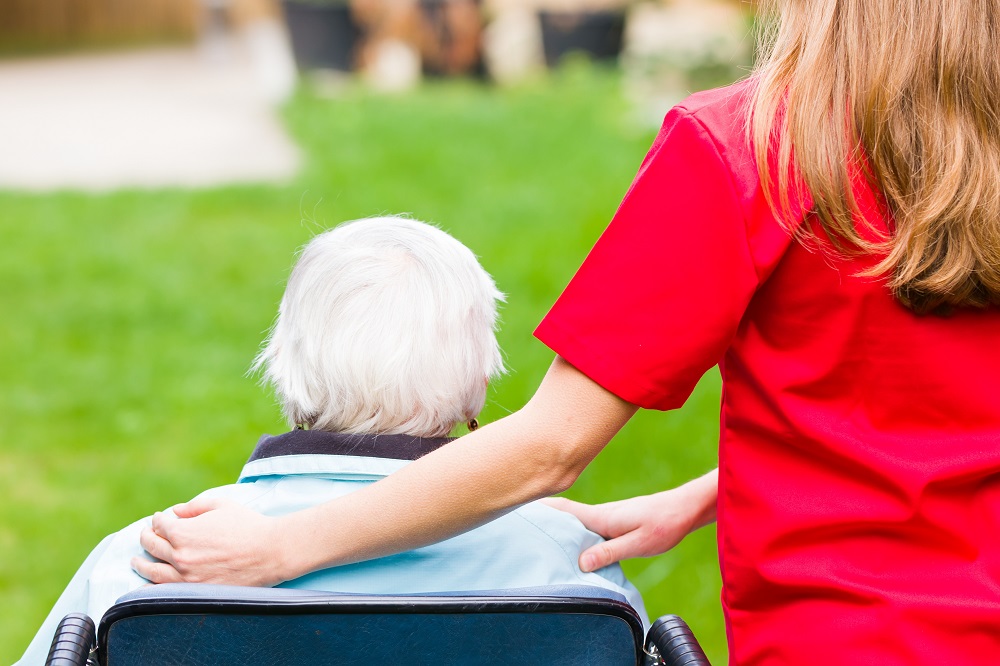Marcus Butler
15 February 2017: Dementia will cost the Australian economy $36 billion a year by 2056, as the number of Australians living with the condition rises to 1.1 million over the next four decades, according to a new report by the University of Canberra’s National Centre for Social and Economic Modelling (NATSEM).
The Economic Cost of Dementia in Australia 2016-2056 report, commissioned by Alzheimer’s Australia, estimates dementia will cost the Australian economy $14 billion this year alone and the annual bill will climb another $4 billion by 2025.
NATSEM research fellow and report author Laurie Brown said the figures painted an alarming upward trend of the number of people likely to be living with dementia and the significant flow-on economic impact on the Australian population.
“This year, there will be 413,000 people living with dementia, though not all of them will have a formal diagnosis,” Professor Brown said.
“Our figures show that this year 237 new people will join the population of those with dementia every single day,” she said. “The rate of new cases will skyrocket and by the middle of the century around 650 new people, each and every day, will become part of that population.”
The report also modelled how new efforts to prevent or delay dementia by as little as five per cent could save the economy billions.
“In just 20 years the economy would save $5.7 billion, and if we extend that over 40 years the savings would be around $120 billion.
“Initiatives that focus on prevention, early intervention, timely diagnosis and support for people living in the community have long-term benefits and will potentially deliver billions of dollars in economic savings.”
The report indicates that the economic costs to dementia could be the direct cost of health care or aged care, medication and other support services. It also takes into account indirect costs such as lost productivity for those leaving the workforce because of dementia symptoms, or those having to reduce their work capacity to care for a friend or family member with dementia.
“There are other intangible costs which we find harder to put a dollar figure to, like the loss of health and wellbeing,” Professor Brown said. “You can put a price on lost earnings, but it’s much harder to account for the loss of a healthy year of life for a person.”
FAST FACTS
- Dementia is the second leading cause of death in Australia (5.4 per cent for males and 10.6 per cent for females).
- The cost of dementia in Australia in 2016 was $14.25 billion which equates to approximately $35,500 per person in direct and indirect costs
- Almost 26,000 people are currently living with younger onset dementia, with this figure expected to rise to more than 42,000 by 2056.
- Around 83 per cent of males and 71 per cent of females with dementia are living in the community.
- In 2017, there are an estimated 94,672 paid carers assisting people with dementia in aged care and another 196,491 are carers in the community. The majority of these are informal and unpaid.
- In 2016, an estimated 118,000 people with dementia were living alone in the community.



